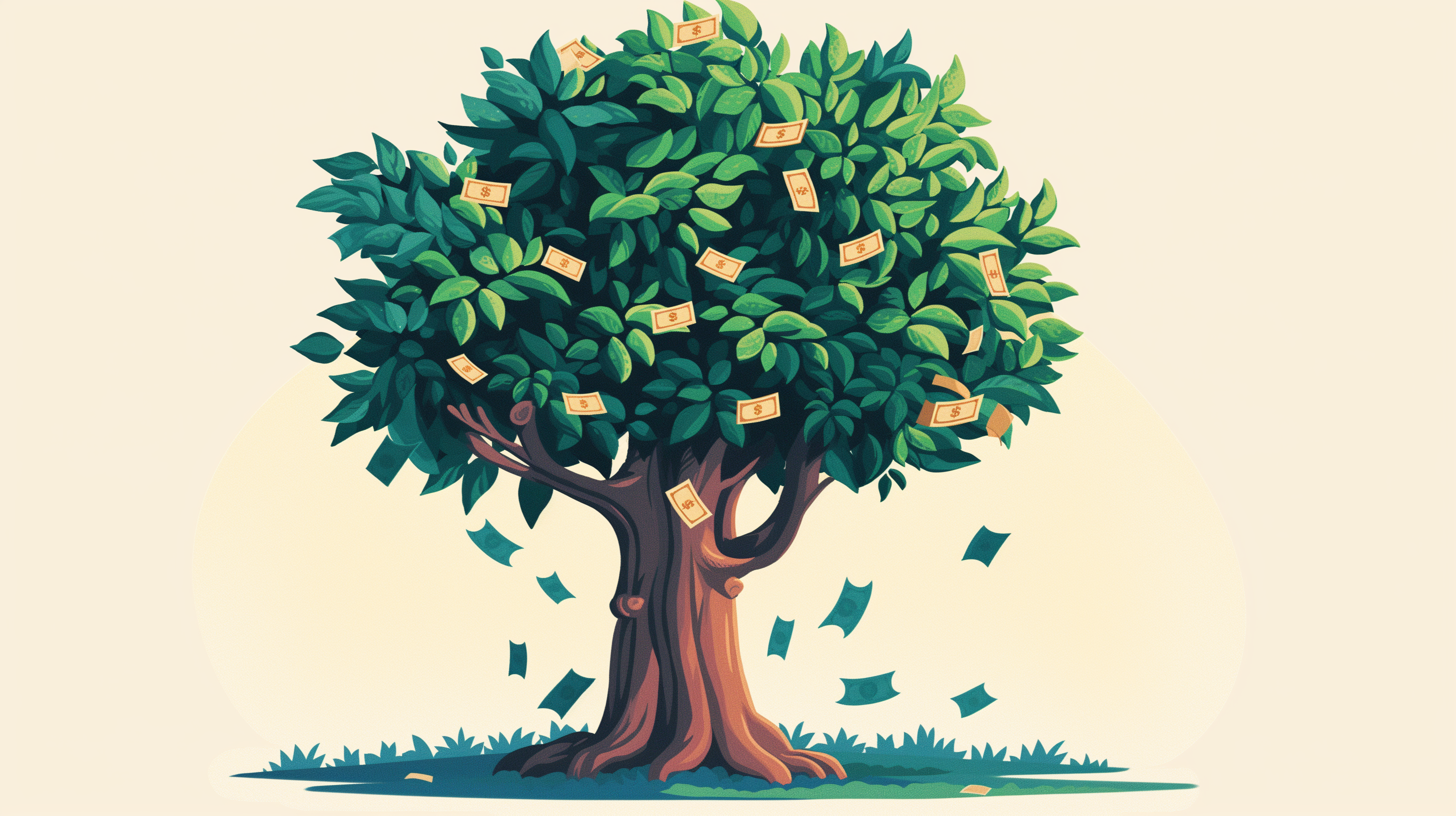Investors call it fear. We call it an opportunity. Market cycles—the peaks and troughs of the economy—are nothing new. Since 1854, the markets have gone through 33 different business cycles, or about one every five years.1 Often these cycles reflect fear and greed, the dual paths walked by bulls and bears in the same forest of opportunity.
But there is something different about the current cycle: It began in 2009, so at nine years old, it’s now in a close second place to the all-time best bull run which began in 1990 and lasted approximately 10 years.2
The current economic numbers look strong and earnings have been healthy, so the cycle may be on track to move into first place. However, there are signs that the economy may be slowing.
The Federal Reserve hiked interest rates three times in 2017 and hinted at three more hikes in 2018, two of which have already occurred. On May 14, the futures market priced in a 51 percent chance for a fourth interest rate hike in December 2018.3
Since it is more likely than not that another rate hike is coming, it may pay to proceed with caution. But there are even more troubling signs. At the time this article was written, the Case-Shiller cyclically adjusted PE ratio (CAPE) was above 32, a number that has only been cracked three times since 1880, most notably on Black Tuesday.4 Should investors move into cash now that we see bear tracks on the path?
Actually, that may be the wrong question to ask.
Trying to time market cycles is an easy trap to fall into, especially since they are called cycles, which makes them sound like they occur at regular intervals. They don’t. Trends, up and down, can last longer than people think. The biggest danger with “timing the market” is that you must be right twice: You must not only get out at the right time but also get back in at the right time. You may be better off flipping a coin, and that’s hardly an ideal way to invest.
Should you decide to sell your holdings and sit on the sidelines, there is a chance that you may miss the all-time best bull market. However, should you remain invested, you certainly run the risk of losing your hard-earned assets if the market comes crashing down. As the late fund manager William Berger once said, “A correction takes place to determine which investments are the tennis balls and which are the eggs.”
The better question to ask, then, is if there are things you can do now to mitigate potential risks that are likely to occur, and the answer is yes.
Investors should consider staying the course, but it’s a great time to hedge your bets. Given the current tax-reform laws, there are plenty of opportunities, especially for high net worth individuals, whose marginal tax rate was reduced from 39.6 percent to 37 percent.
Further, some investors are benefiting from favorable capital gains rates, and there are plenty of those riding the current bull market. As investors, we have tax risk, credit risk, counter-party risk, interest-rate risk and, as always, market risk. It’s a good time to consider using current tax laws to take advantage of the relatively high prices. That’s not market timing—it’s astute management of risk.
Sometimes the most dangerous thing to do is nothing, especially when you are near or close to the top of a market cycle. Protect the eggs, and the tennis balls should take care of themselves.
1 Patty Domm, “Goldman says this may become the longest economic expansion in history,” CNBC.com, May 8, 2017, www.cnbc.com/2017/05/08/goldmansays-u-s-economy-may-be-slowly-growing-into-thelongest-expansion-in-history.html
2 Thomas Franck, “On the bull market’s ninth birthday, here’s how it stacked up against history,” CNBC.com, March 8, 2018. www.cnbc.com/2018/03/08/the-bull-market-just-turned-9-years-old-heres-how-the-stock-surge-compareswith-past-runs.html
3 Jeff Cox, “Market now pricing in four rate hikes this year,” CNBC.com, May 14, 2018. www.cnbc.com/2018/05/14/market-now-pricingin-four-interest-rate-hikes-this-year.html
4 Shiller PE ratio for the S&P 500, chart, data from Robert Shiller, “Irrational Exuberance,” reproduced at multipl.com
















